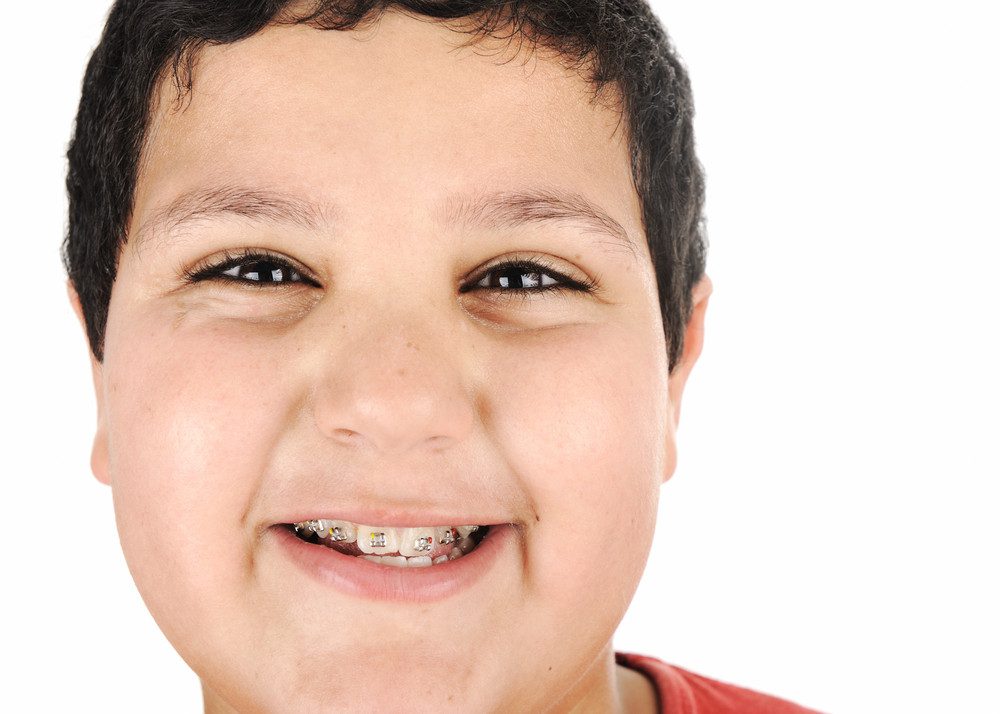How Do Braces Work?
Posted on January 4, 2023

According to KidsHealth, there are four million people currently wearing braces in the United States and of that number, 75% are under the age of 18. Dr. Best and the team here at Best Smiles Orthodontics can help your family with all of its orthodontic needs. If you’ve just learned that your child needs braces, you probably have a lot of questions. Let’s take a closer look at braces and how they work to straighten teeth and correct jaw problems.
How Braces Are Able to Straighten Teeth
Braces are comprised of a number of different tools that work together to get teeth to move into proper alignment. Depending on the severity of the corrections that are needed, an orthodontic patient can wear them for one to three years. After the initial orthodontic treatment phase is complete, patients may need to wear additional devices, like retainers, for a period of time after their braces are removed. This helps the teeth to really settle into their new placements.
Components of Orthodontic Treatments
In the first step of applying braces, brackets are attached to the teeth using a strong adhesive. Wires are then threaded through the brackets. As the wires are tightened, the teeth will slowly move. When there are jaw and more significant issues to be corrected, bands and spacers can also be used. Teeth alignment correction can be uncomfortable at times, but improvements are continuously made to help make the process as pain-free as possible.
Types of Braces and How they Work Differently
Many of the differences between types of orthodontic treatments are cosmetic. For example, patients can choose between metal and clear ceramic brackets. These two options may look different, but they will perform in the same way. Another possible choice is lingual braces. Lingual braces are attached inside of the teeth. There are some subtle differences in how this option works, but mainly, the differences are cosmetic. Finally, there are removable braces that use alignment trays. This choice is good for mild corrections or for patients with a lower tolerance for discomfort.
Braces aren’t just a cosmetic fix to improve smiles. They provide many important benefits, like jaw and bite realignment that can help your teeth and gums stay healthy. If it’s time for a member of your family to get braces, give us a call and schedule an introductory appointment to learn more. We look forward to seeing you soon!


